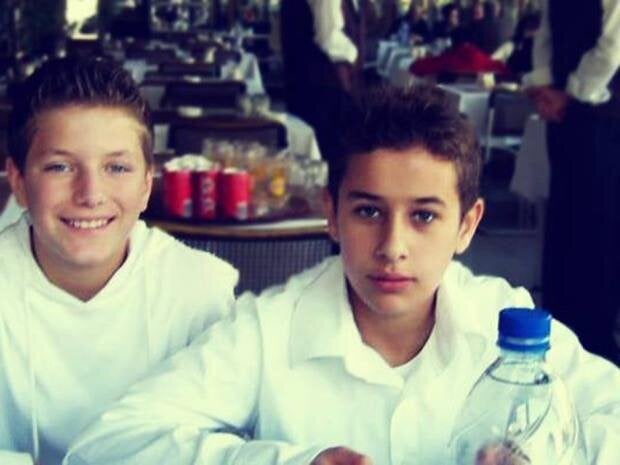The Ombudsman of Ontario, Andre Marin, recently announced that he plans to investigate the provincial government's guidelines on police use of force. It might be instructive for the Ombudsman to review an article that was published in the Osgoode Hall Law Journal in 1981, titled: ''Police Use of Lethal Force: A Toronto Perspective." I co-authored the article along with John Abraham, John Field and Professor Richard Harding.
The article focused on a 12 month period between August 1978 and August 1979 when eight men were shot and killed by members of the Metropolitan Toronto Police Force. Our purpose was to shed light, for the first time in Canada ''on the appropriateness of the laws governing police use of force, police policy and tactics in the area and possible procedural defects in the administration of justice in such situations.''
Our examination revealed that the majority of the lethal police shootings were confrontation situations of clear legal justification by the police. However, five of the cases raised issues about police tactics and training for armed operations. The victims in shootings of this type were Alexander Misztal, William Elie, Acquilino Torcato, Hans Nattinen and Michael Wawryniuk. I propose to review the Misztal and Elie police shootings.
1) Alexander Misztal
Police responded to a series of telephone complaints about a man threatening them with a gun. Two Toronto police officers attended the scene prior to the arrival of the ETF. The officers spotted a man walking in the vicinity of their cruiser and called for him to come to the door of the cruiser to talk to him. The man complied and pulled out a revolver and pointed at the face of one of the officers. He was shot twice by the officers and was killed. The revolver was discovered to be a toy gun which was a very realistic replica of a real gun. A jury at a coroner's Inquest found the shooting to be justifiable.
In our analysis we asked if the situation leading to the shooting should ever have arisen. ''By remaining seated in their cruiser, the policemen left themselves in the worst possible place to contain or stabilize a potentially dangerous situation: the suspect was mobile while they were static. Their very tactics enabled Misztal to put them in a position of apparently mortal danger, thereby creating the need and the legal justification for killing him.''
2) William Elie
A call was made to the police indicating that two people were threatened by a man with a gun in the elevator of a high-rise apartment building near a shopping mall. The description of the man was passed on to police officers on duty in the area who matched it to Elie, who had a lengthy criminal record. Elie was observed driving his car into the parking lot of the shopping mall. He left his vehicle to go to a beer store. Three police cars suddenly entered the parking lot and five police officers jumped from their cars with their guns drawn and shouted various orders to Elie. Elie reacted by drawing what appeared to be a revolver and turned in the direction of the police pointing the gun. In a period of five to 10 seconds, the officers fired five shots at Elie. He had raised his revolver after the first shot. Elie was killed and the officers' actions were found to be justified despite the fact that Elie was carrying a toy gun bearing a genuine resemblance to a real gun.
In our article we questioned the police strategy engaged in response the Elie situation. The coroner's jury that followed the shooting recommended that ''police officers take a protected position before taking any vital course of action.'' The jury also noted that ''a few seconds delay may result in a saving of a life or lives.'' Implicit in the jury's recommendation was the recognition that the police didn't fully consider the consequences of their chosen tactics in confronting Elie.
The full article can be found in the Osgoode Hall Law Journal, Volume 19, No. 2, June 1981.
